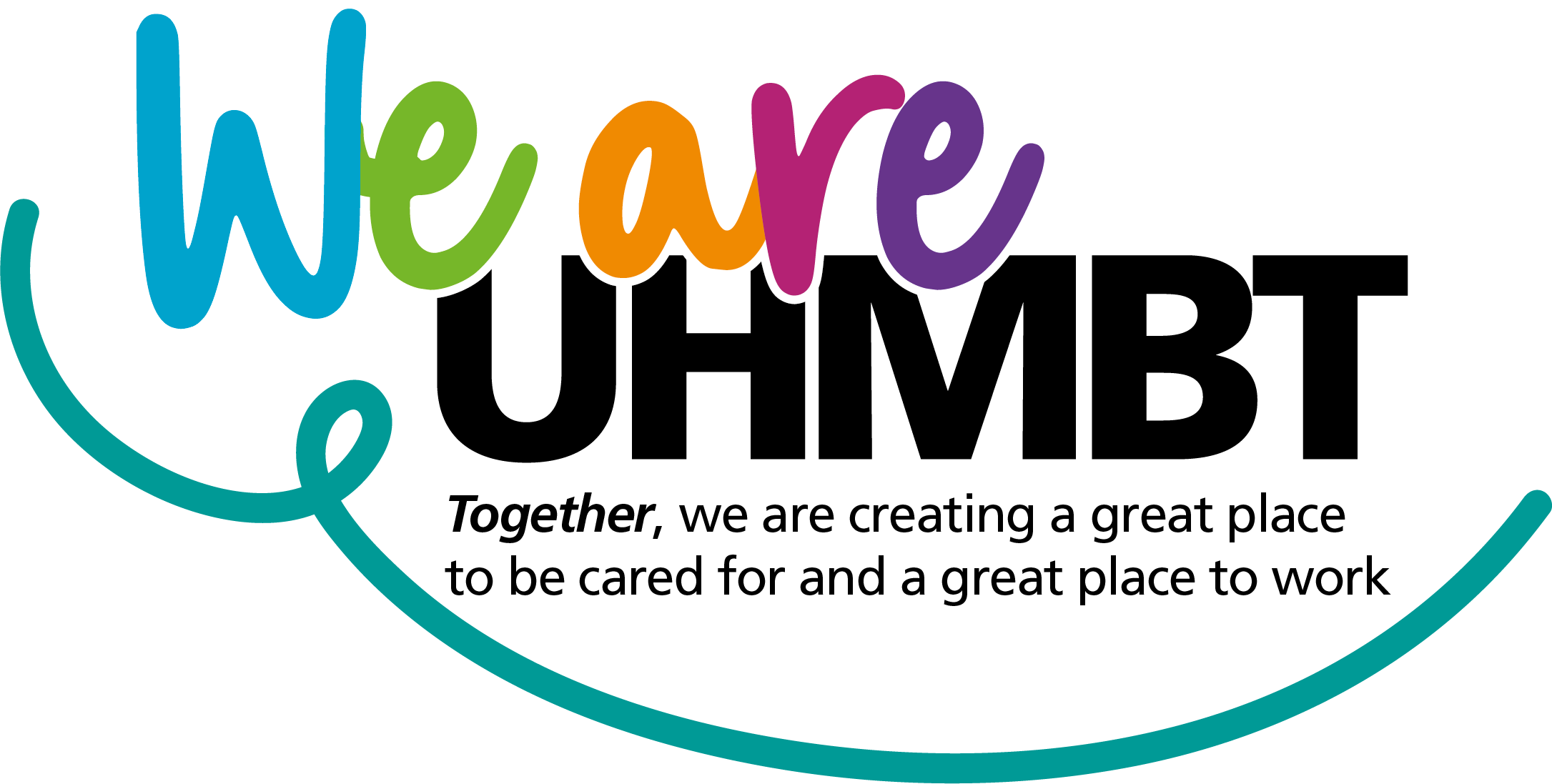On Monday 3 January 2022, the Trust declared it was in a critical incident. Thanks to the hard work of teams across the Trust, the decision was made to step that down on Sunday 9 January 2022.
The Trust is still experiencing significant pressures and remains at its highest level of internal escalation. However, we have now put into place all of the actions being in a critical incident allow so it is the right time to officially step it down.
The actions taken by our teams to try to relieve the pressures are starting to make a small but important impact. For example, we have:
- Opened additional beds at WGH and relocated 20 patients who are deemed as medically fit to be discharged. This has freed up 20 beds at the RLI for patients with a greater clinical need
- Opened a ward at the RLI that will be used for COVID-19 positive and resolving COVID-19 patients. We hope to have around six patients moved onto this ward tomorrow and a total of 15 patients by the end of the week - meaning an additional 15 beds on the site that can be used for patients coming into hospital
- Developed plans to open further beds at WGH and the RLI
- Redeployed colleagues to assist in areas that need support
- Reinstated our incident ‘cells’ (such as workforce, operations, communications, etc) meaning expert support and advice is easily accessible for teams
- Extended the opening hours of our Occupational Health and Wellbeing service meaning colleagues have access to specialist support seven days a week
- Stood up the Incident Management Team meetings to seven days a week to allow Trust and system leads to come together to make decisions and offer guidance in a more timely way
- Followed new national guidance regarding isolation after a positive COVID-19 result to support colleagues to return to work as soon as it is safe to do so
- Increased access to COVID-19 PCR testing to allow colleagues and members of their households to be tested and get their results quickly
- Stood down some corporate level meetings and areas of work to allow colleagues to focus on the pressures on services
- Put a call out to all colleagues who would like to volunteer to be redeployed into other areas
As a result of all of this work, we are starting to see reduced wait times and smaller numbers of people in our Emergency Departments - although they are still too high.
We are also seeing our sickness absence rate remaining at around 12.5% - which equates to around 1,000 colleagues being unable to work. Whilst this is still a lot higher than we would usually see, it doesn’t currently seem to be increasing at the rate we had expected.
One of the key pieces of work we remain focused on is working with our partners across Lancashire and South Cumbria to reduce the number of patients in our hospitals who are medically fit to be discharged but can’t leave for a variety of reasons - those deemed as ‘not meeting criteria to reside’. Not only is being in hospital no longer the best place for these patients, it means we have beds that we cannot use for those with a greater clinical need.
Whilst stepping down the incident is positive news and a real testament to colleagues across our services, teams will continue to work together to focus on the actions we have put into place to ensure we can provide safe services for patients and the best possible work environment for colleagues.
Aaron Cummins
Chief Executive

